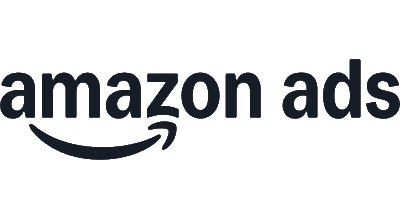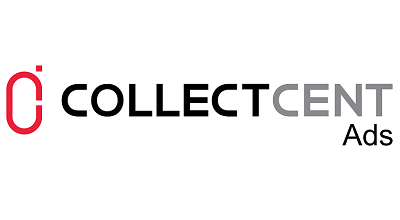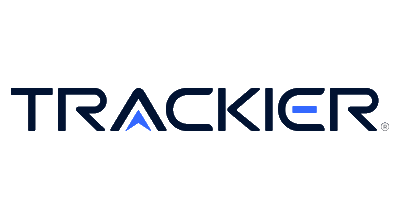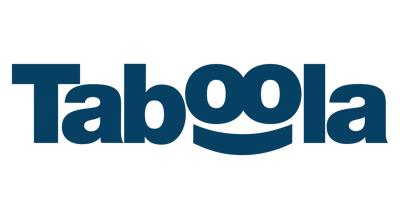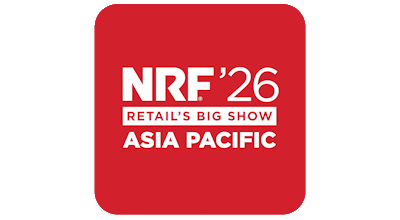You’ve had an incredible journey as a marketer in India and have worked with some of the biggest brands in the country. What according to you should be the biggest priorities for a Marketing Head today?
In the last few years, the term “digital” has undergone a major paradigm shift, moving from a marketing support function to a business platform in its own right. While an in-depth understanding of digital is a must-have, it is now critical for marketers to focus on how it drives not just innovation but also business impact across various marketing objectives, from awareness and consideration, to conversions and sales lift.
Brand Safety & Transparency is a major theme in all advertising & marketing communities, and Google has been a frontrunner in make sure quality advertising prevails. Can you elaborate on any specific efforts that Google is making in this segment?
We are committed to protecting our users, advertisers and creators and making sure Google platforms can not be co-opted by bad actors. We have taken several steps to protect advertisers from inappropriate content and ensure that their ads run alongside content that reflects their values. YouTube is addressing this issue from multiple angles:
- We created a more rigorous approach to address controversial content on YouTube
- In January 2018, we set out to bring the number of people working across Google to address violative content to 10,000
- We now work with over 180 NGOs, government organizations and academics from across the globe to support policy development, expedite enforcement improvements and flag controversial content for expedited review by our teams as members of our Trusted Flagger program.
- The YouTube Intelligence Desk continues to build its capabilities and has had a number of successes resulting from very early identification of issues, coupled with rapid enforcement action
- More details are available in our latest Q4 transparency report
- We have overhauled our monetization criteria and have set a higher bar for where ads appear
- In February 2018, we announced significant changes to how we approach monetization on our platform, and the feedback from our customers has been encouraging.
- We have updated thresholds for the YouTube Partner Program — creators monetizing on YouTube will need to have accrued 4,000 hours of watchtime within the past 12 months and have 1,000 subscribers to be eligible to earn revenue from their channels.
- We’ve also begun working with trusted vendors to provide third-party brand safety reporting on YouTube and are currently in a beta with Integral Ad Science (IAS) and are planning to launch a beta with DoubleVerify soon
- We built better tools to help advertisers select suitable placements for their brands
- We worked closely with our advertising partners on simpler suitability controls that make it easier for advertisers to select content that is suitable for their brand, while understanding potential reach trade offs.
As the smartphone and internet penetration in India evolves, what are the biggest trends in content consumption and internet usage as per your data?
For a very long time, India’s Internet story was defined by 3 Ms – Metro, Male and Millenials. Internet was
- a metro phenomenon
- dominated by male users
- And millennials were the most active user group online
But today, India has over 400 million internet users. On an average 40 million new users are coming online every year, and there has been 4X growth in rural internet users since 2012. India’s data usage on mobile is now at par with developed markets at 8 GB/month/subscriber. Further, adoption of Internet by women has now gathered momentum and 45% of Internet users will be women in the next three years. At the same time, 9 out of 10 Internet users coming online in India is an Indian language user. By 2021 – there will be over 500 million Indian language users online. These highly engaged users are redefining India’s internet landscape: and there 2 big themes that captures the behaviors of these new users: Voice, Video
- Voice: Voice is emerging as the preferred mode of input for new internet users – (India today leads in total volume of voice searches in the world). We’re seeing 270% yoy growth in voice searches in India
- Video:Low cost data and the appeal of visual web has got these users hooked: online video today accounts for 75% of all mobile traffic. YouTube today reaches – 245 million unique users per month
There is a huge opportunity waiting to be unlocked as these new users gain digital maturity and confidence to transact online.
You chose ad:tech New Delhi 2019 to talk about Cloud technology and Creativity in your workshops. Why do you think these products and skills are critical to the Indian market right now?
Across categories, industries are beginning to embrace the benefits of machine learning (ML) and artificial intelligence (AI). Cloud for marketing helps businesses use ML to automate analytics and workflow, make audiences, ROI and LTV predictions and even reduce the time taken to go from data to insights.
And as content consumption patterns change and as there is no singular way of watching videos anymore, even on the phone it is key for marketers to revisit storytelling to not just adapt but completely reframe for digital.
Given the market realities of today and the potential the future holds, there is a need for conversation around these hot-topics and we’re very excited to engage with marketers at Adtech for the same.
















